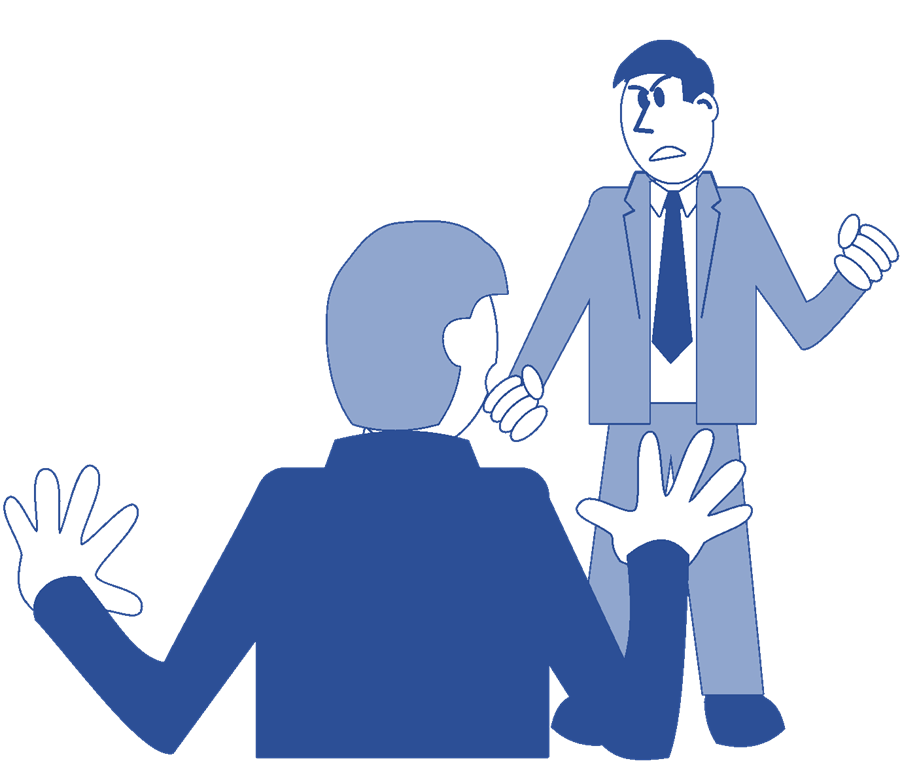
Bullying and harassment are serious workplace issues that can have an incredibly negative effect on the health and wellbeing of employees. In this article, we will answer several frequently asked questions about bullying and harassment.
While bullying does not have a specific legal definition, it is defined by Acas as ‘unwanted behaviour from a person or group that is either:
Unlike bullying, harassment is legally defined in the Equality Act 2010, which considers it to be any ‘unwanted conduct related to a relevant protected characteristic, which has the purpose or effect of violating an individual’s dignity or creating an intimidating, hostile, degrading, humiliating or offensive environment for that individual’.
A common form of harassment that takes place in the workplace is sexual harassment, which is any unwanted or negative behaviour of a sexual nature. It can happen to anyone, regardless of their gender or sexual orientation.
There are three main forms of sexual harassment:
Sexual harassment is illegal under the Equality Act 2010, so a person is entitled to take legal action or go to an employment tribunal if they experience sexual harassment in the workplace.
The terms bullying and harassment are often used interchangeably because they are very similar concepts and behaviours. The main difference between them is that harassment specifically relates to a person’s protected characteristics, while bullying does not.
There is no legal definition of bullying, so any negative behaviour a person experiences could be perceived as bullying. Some examples of bullying may include:
These behaviours can also take place in several ways, including:
Bullying in the workplace is a serious issue, and can negatively affect a work environment and the people within it. Some of these effects include:
Anyone can be a bully, regardless of things such as their seniority, age, or the length of time that they have worked for the organisation. Most bullying is carried out by someone who is, or believes they are, in a position of power over someone else. For example, a bully may:
Bullying can also be carried out by staff members towards a more senior employee. This is known as ‘upward bullying,’ and includes behaviour such as:
There are a number of reasons why a person may bully others, including:
Yes, the Equality Act 2010 protects you from discrimination because of the following protected characteristics:
This act protects people from harassment in a range of situations, including when at work or applying for a job. For more information on the Equality Act 2010, consider taking our Equality and Diversity training course.
Unlike harassment, there is no legislation in the UK that explicitly prevents bullying at work. However, there are a number of laws and legal principles that may protect those who are being treated unfairly, such as:
At Commodious, we offer several training courses on bullying, harassment, equality and diversity that explore in detail what they are, and what can be done to avoid bullying and harassment, or promote equality and diversity, in the workplace. To find out more, use the links below: